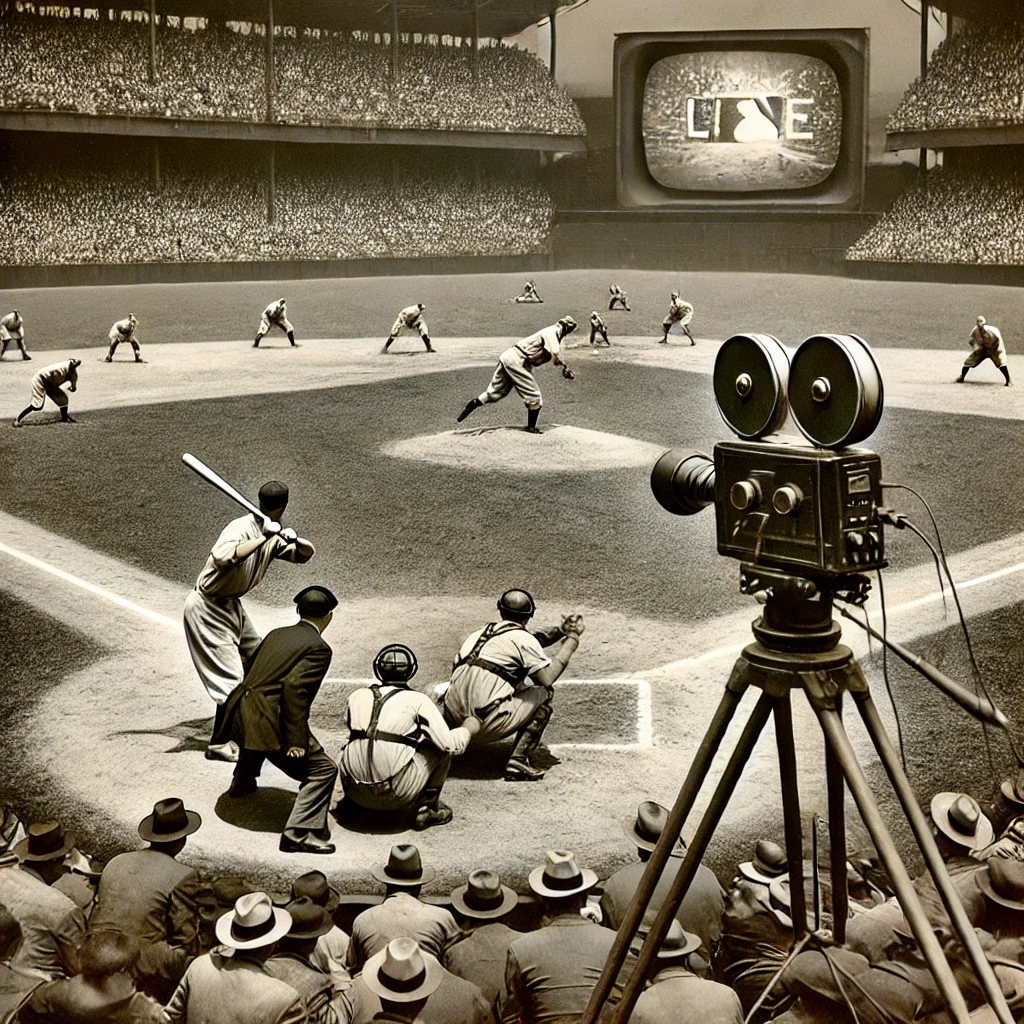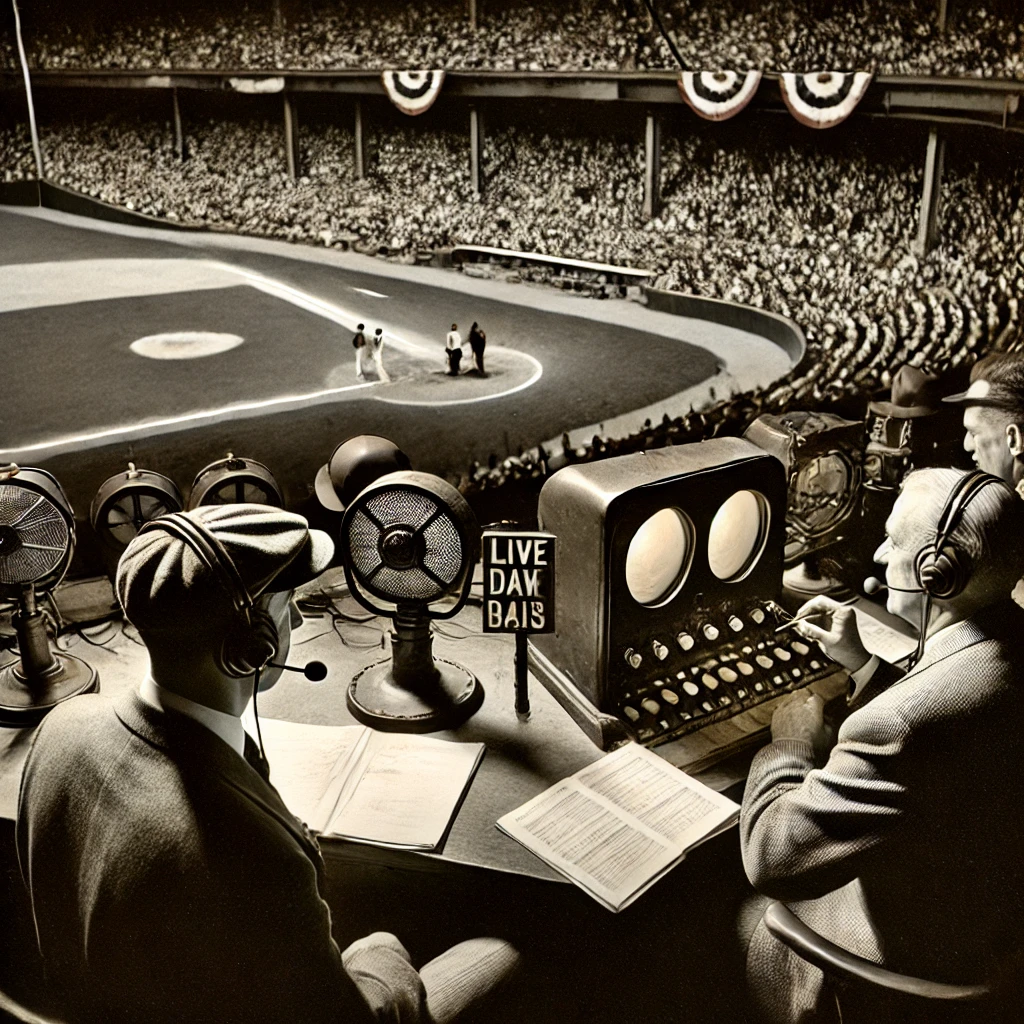On August 26, 1939, the first Major League Baseball game was broadcast on television, marking a historic moment in the intersection of sports and media. The game, which featured the Brooklyn Dodgers versus the Cincinnati Reds, was broadcast from Ebbets Field in Brooklyn, New York. This pioneering broadcast was a significant step in the evolution of sports entertainment, setting the stage for the widespread popularity of baseball on television.
The decision to televise the game was driven by a desire to showcase the sport to a broader audience and to explore the potential of television as a medium for live sports coverage. The broadcast was experimental in nature, with a limited audience and technical challenges, but it paved the way for the future of televised sports. The broadcast allowed viewers to experience the excitement of the game from the comfort of their homes, transforming how fans engaged with the sport.

The Impact on Sports Broadcasting
The introduction of televised baseball had a profound impact on the way sports were consumed and enjoyed. It marked the beginning of a new era in sports broadcasting, where fans could follow games live and experience the action in real-time. This innovation brought baseball into the homes of millions of Americans, significantly expanding the sport’s reach and popularity.
Television coverage of baseball games quickly became a staple of American sports culture. The ability to watch games on TV allowed fans to stay connected with their favorite teams and players, regardless of their geographic location. This shift contributed to the growth of baseball as America’s pastime and laid the foundation for the extensive sports broadcasting industry that exists today.

The Legacy of the First Televised Game
The first televised Major League Baseball game on August 26, 1939, is remembered as a milestone in the history of sports media. It represents the beginning of a new era in which television would play a crucial role in shaping the popularity and accessibility of sports. The success of the broadcast demonstrated the potential of television to enhance the sports viewing experience and set a precedent for future innovations in sports broadcasting.
The legacy of this historic broadcast is reflected in the continued prominence of televised sports in contemporary media. Today, major sporting events are broadcast globally, reaching audiences far beyond the confines of stadiums and arenas. The first televised baseball game serves as a reminder of how technology can transform the way we experience and connect with our favorite sports, shaping the future of entertainment and media.

August 26th stands as a significant date in the history of sports broadcasting, celebrating the moment when Major League Baseball first came to life on television. The pioneering efforts of that day laid the groundwork for the extensive and dynamic world of sports media that continues to captivate audiences around the globe.
